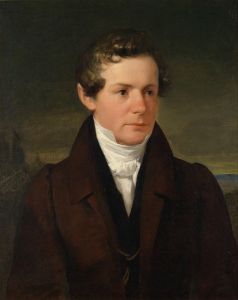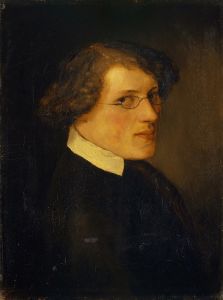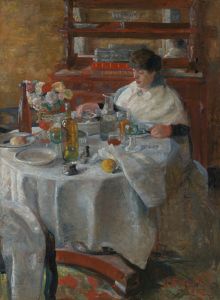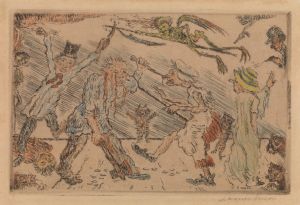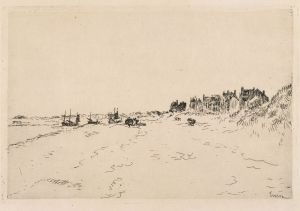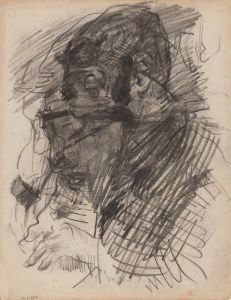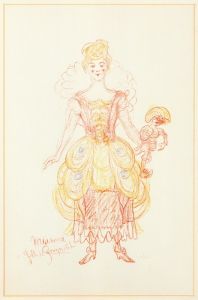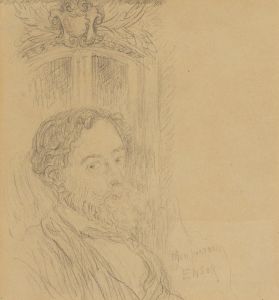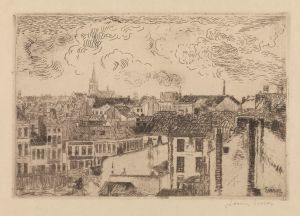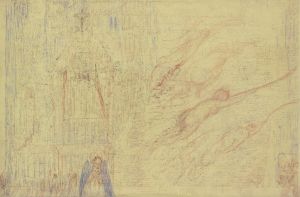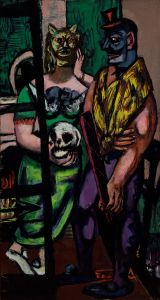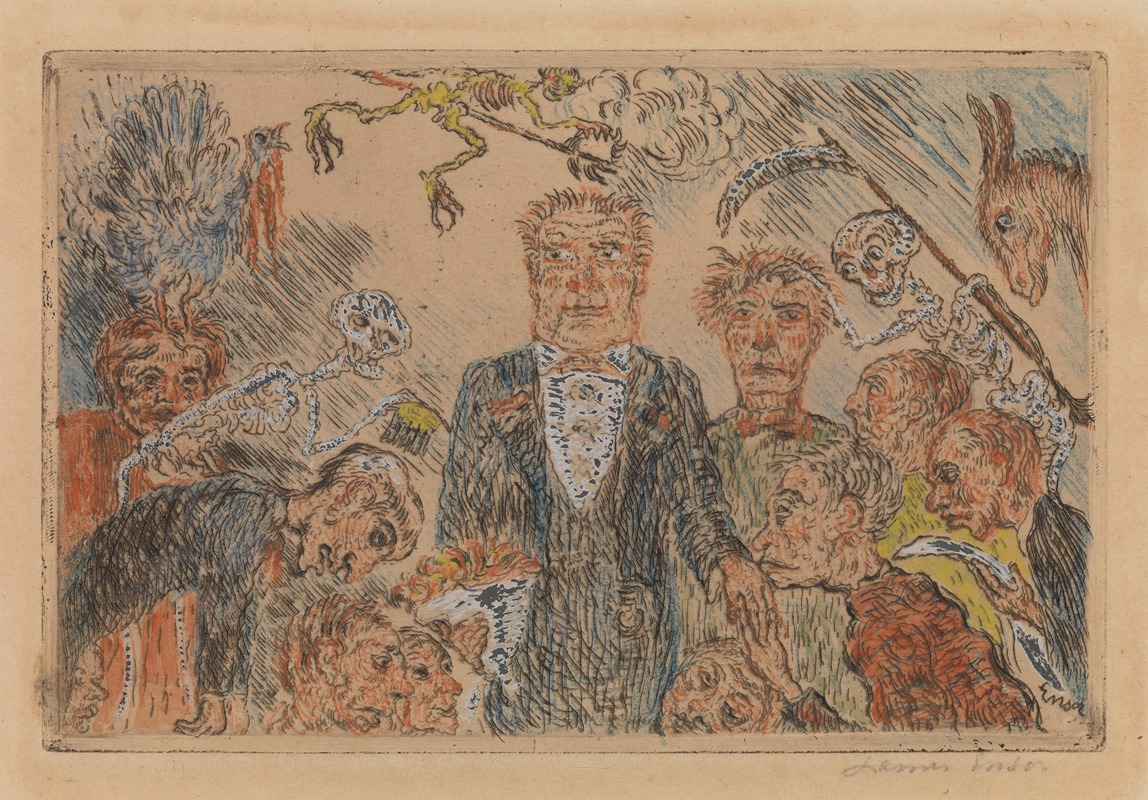
Pride
A hand-painted replica of James Ensor’s masterpiece Pride, meticulously crafted by professional artists to capture the true essence of the original. Each piece is created with museum-quality canvas and rare mineral pigments, carefully painted by experienced artists with delicate brushstrokes and rich, layered colors to perfectly recreate the texture of the original artwork. Unlike machine-printed reproductions, this hand-painted version brings the painting to life, infused with the artist’s emotions and skill in every stroke. Whether for personal collection or home decoration, it instantly elevates the artistic atmosphere of any space.
James Ensor, a Belgian painter and printmaker, is renowned for his unique and often surreal style that combines elements of symbolism and expressionism. One of his notable works is "Pride," which is part of a series of paintings that explore the Seven Deadly Sins. Ensor's work is characterized by its vivid use of color, intricate detail, and a penchant for the grotesque and the fantastical.
"Pride" is a compelling example of Ensor's ability to convey complex themes through his art. The painting is imbued with a sense of irony and critique, which is a hallmark of Ensor's approach to the Seven Deadly Sins. In "Pride," Ensor uses his distinctive style to explore the theme of vanity and self-importance. The painting features exaggerated figures and distorted faces, which are common motifs in Ensor's work, reflecting the inner turmoil and moral decay associated with the sin of pride.
Ensor was deeply influenced by his surroundings in Ostend, Belgium, where he spent most of his life. The coastal town, with its carnival atmosphere and vibrant street life, provided a rich tapestry of inspiration for his work. This influence is evident in "Pride," where the chaotic and colorful composition mirrors the lively and sometimes unsettling environment of Ostend. Ensor's fascination with masks and theatricality is also apparent in this painting, as he often used these elements to symbolize the hidden facets of human nature and societal hypocrisy.
The painting's composition is both dynamic and unsettling, with a central figure that captures the viewer's attention. Ensor's use of bold colors and dramatic contrasts enhances the emotional impact of the piece, drawing the viewer into a world that is both fantastical and reflective of real human emotions and flaws. The grotesque and often satirical elements in "Pride" serve to critique the societal norms and behaviors that Ensor observed in his lifetime.
Ensor's work, including "Pride," was initially met with resistance and criticism from the traditional art community. However, over time, his innovative approach and unique vision gained recognition and appreciation. Today, James Ensor is celebrated as a pioneer of modern art, and his exploration of themes such as pride continues to resonate with audiences for its timeless relevance and insightful commentary on the human condition.
"Pride" exemplifies Ensor's mastery in blending the fantastical with the real, creating a piece that is both a visual spectacle and a profound exploration of human nature. Through his art, Ensor invites viewers to reflect on their own experiences and the societal values that shape their lives, making "Pride" a significant work in the canon of modern art.





